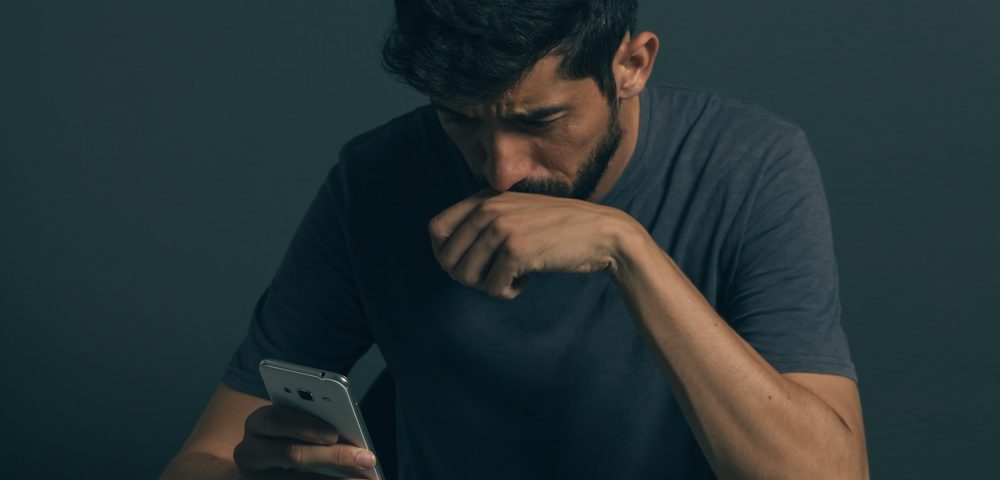Exposure to artificial light at night, such as the blue light emitted by most LEDs and computer and smartphone screens, may increase the risk of developing prostate cancer and breast cancer, according to researchers from Spain.
Their study, “Evaluating the Association between Artificial Light-at-Night Exposure and Breast and Prostate Cancer Risk in Spain (MCC-Spain Study),” was published in the journal Environmental Health Perspectives.
“WHO’s International Agency for Research on Cancer (IARC) has classified night shift work as probably carcinogenic to humans. There is evidence pointing to an association between exposure to artificial light at night, disruption of the circadian rhythm, and breast and prostate cancers,” Manolis Kogevinas, of the Barcelona Institute for Global Health (ISGlobal) and the study’s lead author, said in a press release.
Blue light is a part of the visible spectrum and is emitted by most LEDs as well as computer monitors, smartphone screens, and other digital devices. The blue light from our electronic devices is at a higher concentration than that found in natural light.
“We know that depending on its intensity and wave length, artificial light, particularly in the blue spectrum, can decrease melatonin production and secretion,” said Martin Aubé, physics professor at the College of Sherbrooke in Canada and the study’s co-author.
“With this study we sought to determine whether night exposure to light in cities can affect the development of these two types of cancer,” Kogevinas said.
Researchers examined medical and epidemiological data of more than 4,000 people between the ages of 20 and 85 included in the MCC-Spain study, a population-based control study that assessed five cancer types in 11 regions of Spain.
In total, they studied 1,219 cases of breast cancer and 1,385 controls (cancer-free women); and 623 cases of prostate cancer and 879 controls (cancer-free men) included in MCC-Spain from 2008-2013. None of these individuals had ever worked night shifts.
To determine the exposure to artificial light in their homes, participants answered personal questionnaires. Outdoor levels of artificial light for Madrid and Barcelona were determined using nocturnal images from the International Space Station.
“Currently, the images taken by the astronauts on the Space Station are our only way of determining the color of outdoor lighting at a large scale, and the spread of blue light-emitting white LEDs in our cities,” said Alejandro Sánchez de Miguel, a scientist at the Astrophysics Institute in Andalucía-CSIC and Exeter University.
Among participants living in Barcelona and Madrid, exposure to higher levels of outdoor blue light increased the likelihood of developing breast and prostate cancer by 1.5-fold and twofold, respectively, compared to less-exposed subjects.
Men who reported sleeping in “quite illuminated” bedrooms had a 2.79-fold higher risk of prostate cancer than men sleeping in total darkness.
“Given the ubiquity of artificial light at night, determining whether it increases or not the risk of cancer is a public health issue,” said Ariadna García, a researcher at ISGlobal and the study’s first author.
“At this point, further studies should include more individual data using, for instance, light sensors that allow measuring indoor light levels,” she said. “It would also be important to do this kind of research in young people that extensively use blue light emitting screens.”

